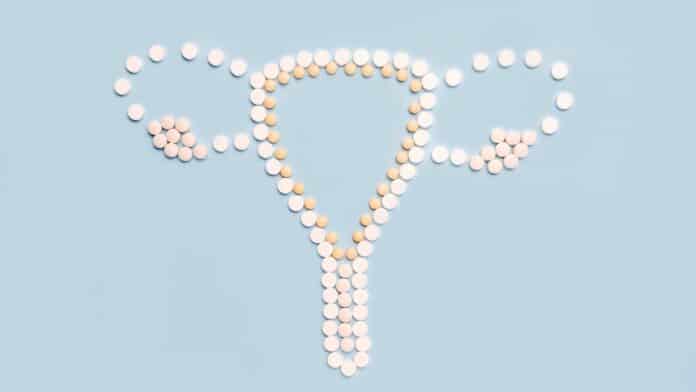Multiple reproductive factors are associated with stroke. However, less is known about the cumulative effects of reproductive factors during a reproductive life course on stroke and its subtypes.
A new study published in the medical journal of the American Academy of Neurology assessed the associations of lifetime cumulative estrogen exposure due to reproductive factors with stroke and its etiological subtypes among postmenopausal Chinese. It suggests that people with a higher cumulative estrogen exposure may have a lower risk of stroke. The lower risk was found for both ischemic stroke and intracerebral hemorrhage.
The study involved 122,939 postmenopausal participants aged 40 to 79 years without prior stroke at baseline. Scientists assessed their lifetime cumulative estrogen exposure due to reproductive factors using three composite indicators: reproductive lifespan (RLS), endogenous estrogen exposure (EEE), and total estrogen exposure (TEE).
Participants provided information on their factors, such as their age, sex, and occupation, as well as their lifestyle choices, including their smoking, drinking, exercise habits, and medical history. Additionally, they provided information on reproductive health, including the use of oral contraceptives, age at first period and menopause’s onset, number of pregnancies and miscarriages, and number of pregnancies.
To ascertain which patients experienced a stroke, researchers examined information from disease registries and health insurance. 15,139 strokes occurred over an average follow-up time of nine years. Of those, 12,853 had an ischemic stroke, 2,580 experienced an intracerebral bleed, and 269 had subarachnoid bleeding between the brain and the membrane covering it.
Four groups of participants were created based on their reproductive life spans, or the years between their first period and menopause. Over 31 years were spent reproducing among those with the shortest reproductive life span. There were 36 or more reproductive years among participants in the group with the longest reproductive longevity.
Participants in the longer group had slightly more strokes overall, 13.2% versus 12.6%, than those in the shortest group. However, after adjusting for other variables that may influence the risk of stroke, such as age, smoking, physical activity, and high blood pressure, the scientists found that participants in the longest group had a 5% lower risk of all types of stroke.
Compared to women with the lowest reproductive life duration, participants with the greatest reproductive life span had a 5% reduced risk of ischemic stroke and a 13% lower risk of intracerebral haemorrhage.
Based on the theory that pregnancy and the use of oral contraceptives represent relatively higher sustained blood oestrogen levels, scientists also looked at other factors that affect oestrogen levels, such as the number of births and oral contraceptive use, both of which are associated with higher levels, and the length of breastfeeding, which is associated with lower levels. They discovered that increased oestrogen levels reduced the incidence of ischemic stroke, intracerebral haemorrhage, and all other forms of stroke.
Study author Peige Song, Ph.D., of the Zhejiang University School of Medicine in Hangzhou, China, said, “Estrogen exposure throughout life could potentially be a useful indicator of a person’s risk of different types of stroke following menopause. However, more research is needed on the biological, behavioral, and social factors contributing to the link between estrogen exposure and stroke risk across a woman’s lifespan.”
Journal Reference:
- Leying Hou, Shuting Li, Siyu Zhu et al. Lifetime Cumulative Effect of Reproductive Factors on Stroke and Its Subtypes in Postmenopausal Chinese: A Prospective Cohort Study. Neurology. DOI: 10.1212/WNL.0000000000206863
